1. They’re Seen as “Foreign”
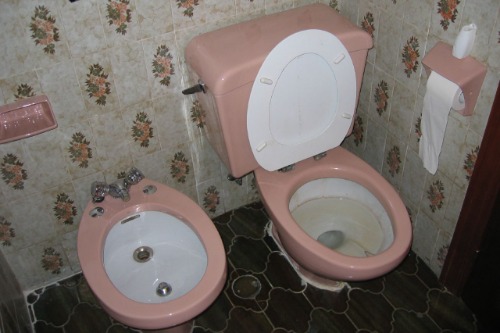
Americans often associate bidets with Europe or Japan, making them feel exotic or even unnecessary. The idea that bidets are something for “other people” has kept them from becoming a normal household item in the States.
2. World War II Stigma
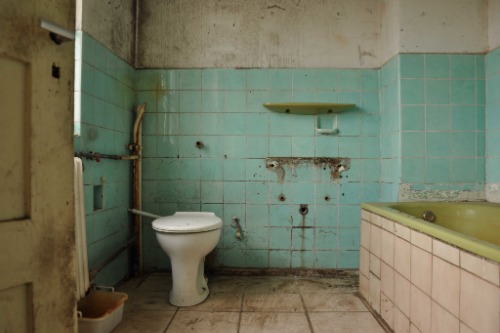
When American soldiers encountered bidets in Europe, it was often in brothels. This association stuck, and for decades, bidets carried a whiff of impropriety that made them unappealing for respectable American homes.
3. Bathroom Space is Limited
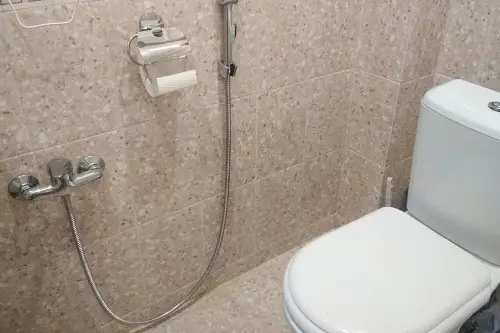
Many U.S. homes have smaller bathrooms compared to those in countries where bidets are common. Adding a separate bidet fixture wasn’t practical, especially when the toilet and sink already took up most of the available room.
4. The Plumbing Doesn’t Always Cooperate
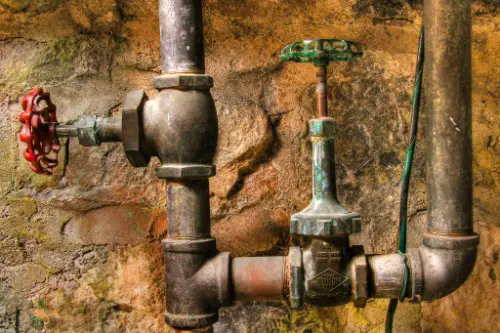
Installing a bidet attachment or standalone unit requires plumbing adjustments. In older American homes, where pipes are often outdated, the extra hassle and cost can be a big deterrent.
5. Americans Are Loyal to Toilet Paper
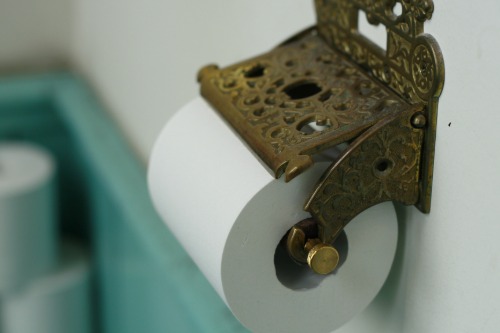
Toilet paper isn’t just a product in the U.S.—it’s practically a cultural institution. It’s marketed as soft, strong, and essential. Switching to water-based hygiene feels like abandoning a deeply ingrained habit.
6. It’s an Extra Expense

A decent bidet costs more upfront than a pack of toilet paper. Even though bidets save money in the long run, the initial sticker shock—plus potential installation fees—makes people hesitant.
7. Americans Don’t Like Change
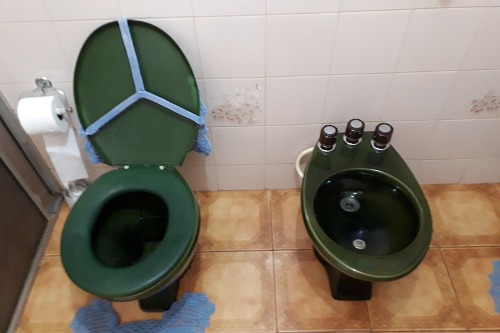
Let’s be honest: Americans can be set in their ways. The thought of learning a new bathroom routine feels like more trouble than it’s worth, especially for something as private as personal hygiene.
8. Lack of Education About Bidets
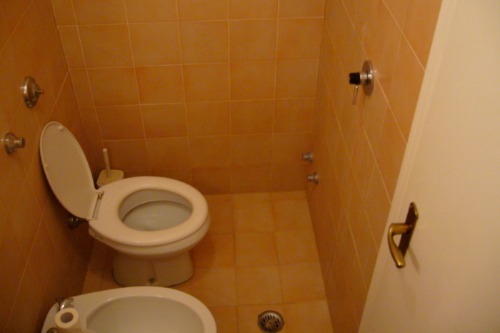
Many Americans simply don’t understand how bidets work or why they’re beneficial. Without clear information, they default to what they know: toilet paper.
9. Water Concerns
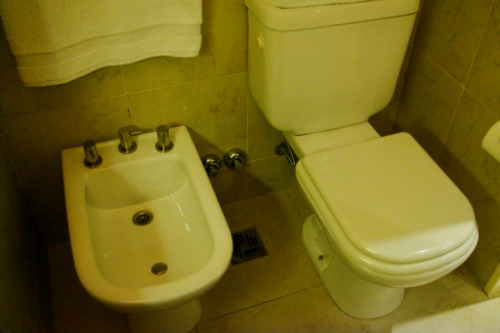
Some people assume using a bidet wastes water, even though it’s typically more eco-friendly than producing and flushing paper. Misinformation about water usage has kept bidets from getting a fair shot.
10. They Weren’t Heavily Marketed
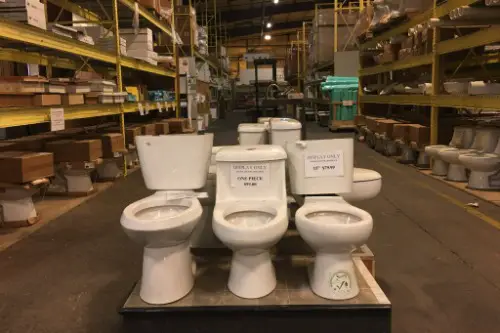
Big toilet paper brands dominate American advertising, while bidets haven’t had the same promotional push. Without commercials normalizing them, bidets remain out of sight and out of mind.
11. Cultural Perceptions of Cleanliness
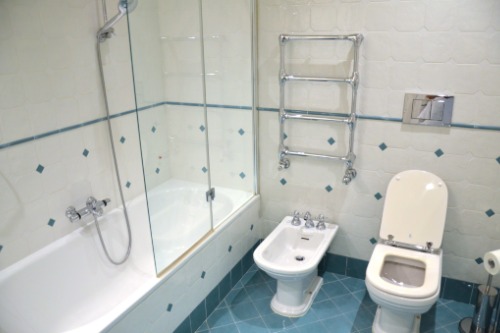
In many countries where bidets are popular, water-based cleaning is seen as more hygienic. In the U.S., however, the belief that toilet paper is “good enough” has persisted for generations.
12. Fear of the Unknown
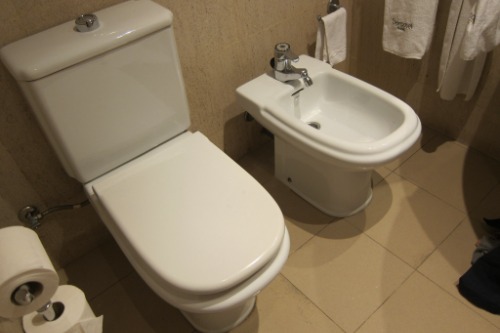
For those who’ve never used a bidet, the idea of water spraying where the sun doesn’t shine can feel a little… intimidating. Misconceptions about comfort and usability keep many Americans from trying it.
13. The Pandemic Sparked Interest—But Only Briefly
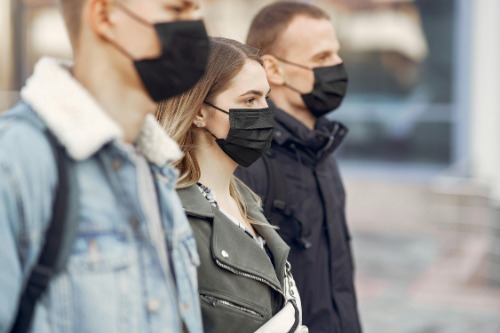
During the 2020 toilet paper shortage, many Americans gave bidets a second glance. But once shelves were restocked, the surge in bidet curiosity waned, proving how deeply attached people are to TP.
14. It’s a Cultural Habit, Not a Necessity
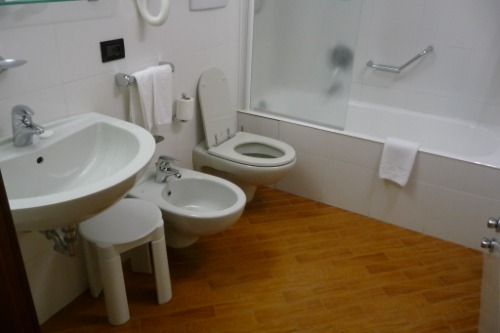
At the end of the day, the lack of bidets in America isn’t about practicality—it’s about culture. Americans grew up with toilet paper and built their routines around it. Change isn’t impossible, but it takes time to undo a century of habits.


